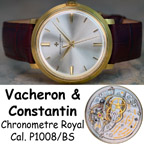The entire movements:
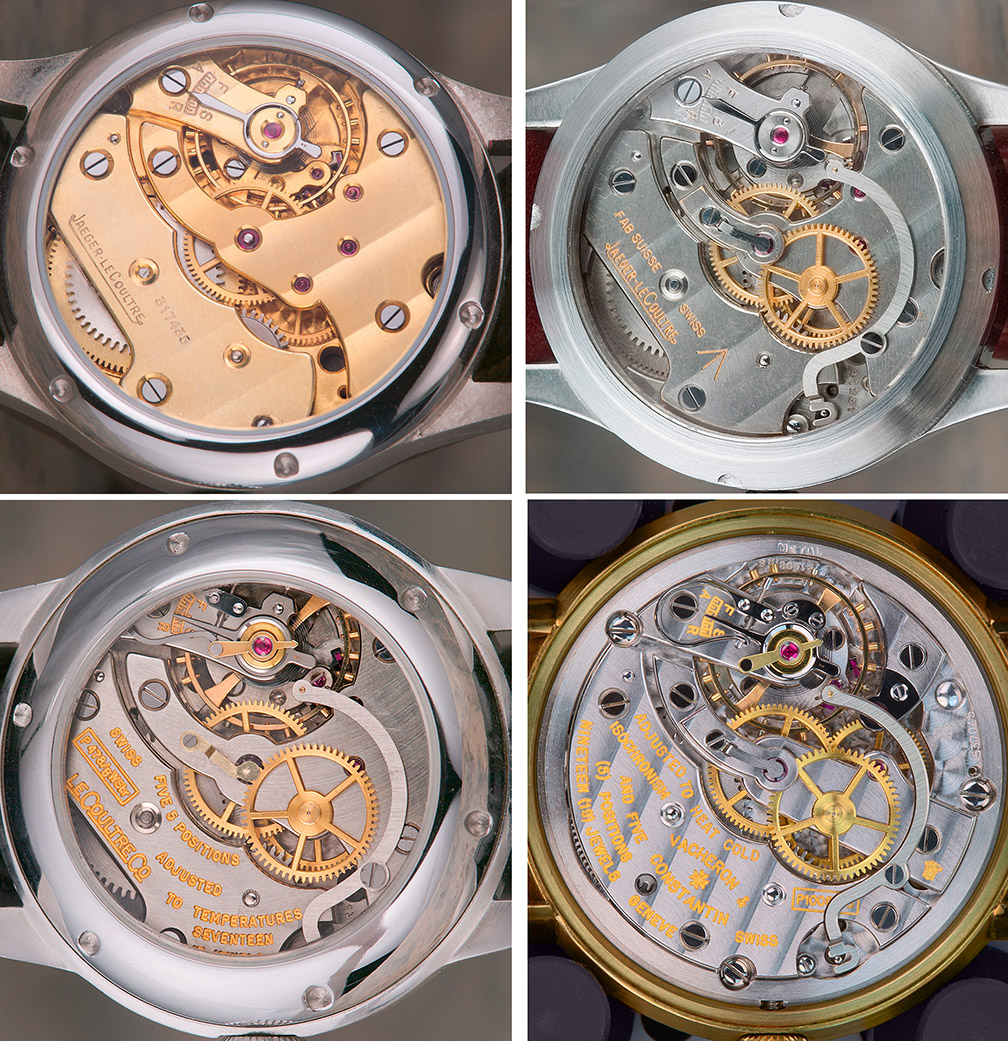
The balance, cock and regulator:
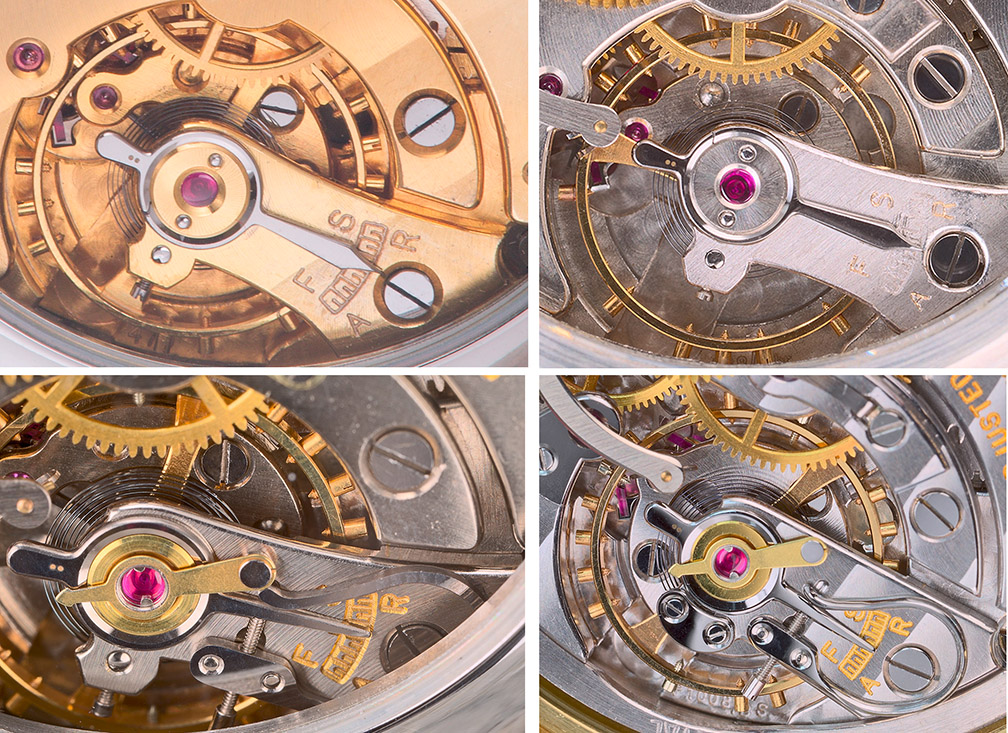
The anchors:
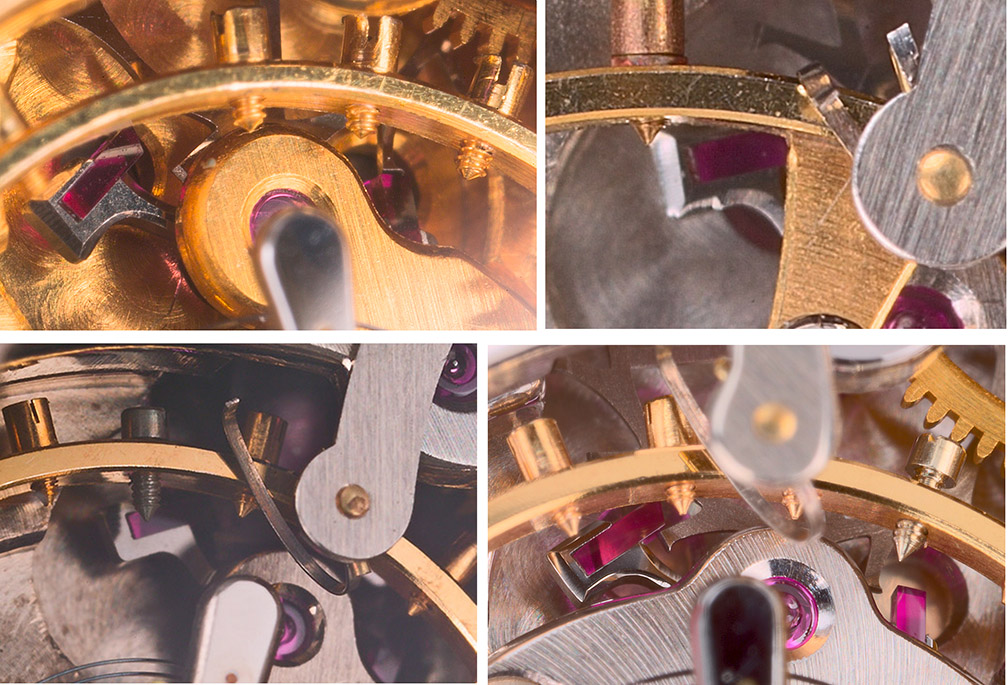
The supporting bridge for the center-seconds jewel (JLC 488 at left, VC 1008 at right):
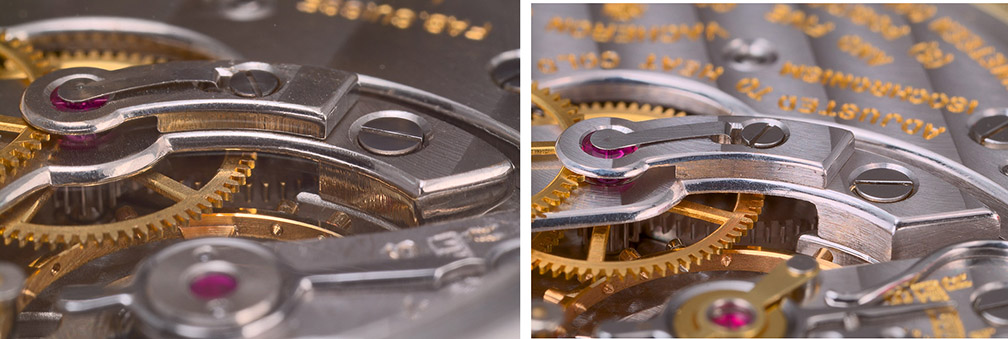
Please check out the rest of my watch Articles and pics: 

I hope you enjoyed this!
SteveG
March 15, 2006
All content Copyright asserted 2003, 2004, 2005, 2006
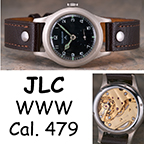 . . .
. . .
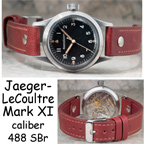 . . .
. . .
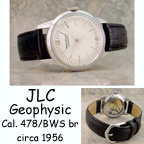 . . .
. . .
